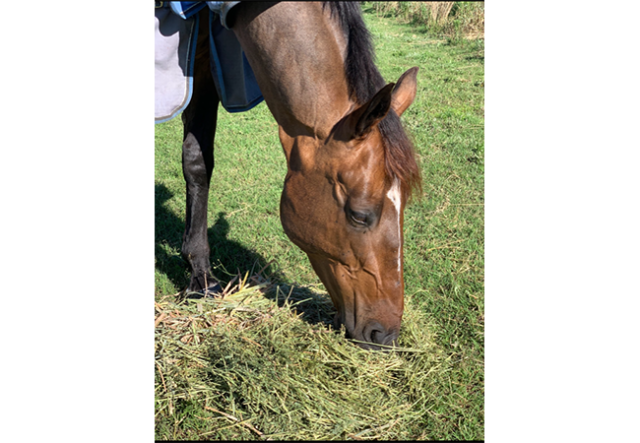
By Dr. Mariette van den Berg, B.AppSc. (Hons), MSc., Phd (Equine Nutrition)
Photography and Graphics: mbequineservice.com
When we own, manage, and/or train horses we all have a moral and legal obligation to meet their needs and safeguard the well-being of horses under any circumstances. Horses are the superstars of our livelihoods, whether we breed horses, compete, or never step in the ring and ride just for fun or have them as companion animals.
Horses are recognised as sentient beings and their mental well-being is therefore as important as any physical concern. Any performance that you ask of the horse requires him to think and process information, so keeping him content and eager to please is critical. As such it is of utmost importance that their health and daily care, as well as their handling and working environments, be the best we can provide.
Responsibility for any animal includes having an understanding of the specific health and welfare needs of the animal and having the right knowledge and skills to care for that animal. Those responsible for horses should be aware of their duty of care and ensure that horses are kept in such a way that prevents unnecessary pain, distress, or suffering, whether this be physical or psychological. They should also know when to seek advice and help and who to approach. Because we are continuously learning and our horses are so forgiving, their welfare must be at the foundation of every-thing we do with them. So what tools are available to assess/ analyse how well you cater for your horses’ well-being both phy-sical or and psycho-logical?
In the previous edition (Part 1), we emphasised the impor-tance of having an objective view, by avoiding making assumptions or anthro-pomorphise when we look at how our horses are doing. In conjunction, we intro-duced our readers to an updated framework that can guide our assessment of overall equine well-being, including the inter-relation between health and mental state, in more practical terms. Moving away from old ‘Five Freedoms’ con-cept, we presented ‘The Five Domains’ model which has a greater focus on the mental state of an animal and acknowledges that welfare can be both positive and negative (see Part 1). The model consists of five areas or domains; 1) nutrition; 2) environment; 3) health; 4) behavioural (interactions); and 5) mental state, that focus attention on specific factors or conditions that may impact on an animal’s welfare (Figure 1, on left).
The model has been around for over 25 years and has under-gone various updates to incorporate the latest validated developments in animal welfare science thinking for each of the five areas. The most recent up-date is entitled ‘The 2020 Five Domains Model: Including Human-Animal Inter-actions in Assessments of Animal Welfare’ and was published in the journal Animals in 2020.
The authors emphasise that the Model is not intended to define the absolutes of good and bad welfare, nor is it intended to accurately describe all the physical and physiological functions. Rather, it is a device for facilitating systematic, structured, thorough and coherent assessments of animal welfare, and for qualitatively grading welfare compromise and improvement1. The model allows for discussions around the impact within each domain but of course many will overlap and there are no delineated lines per se.

The model is not animal specific and can be applied to any species and circumstance from companion animals, livestock husbandry, and even wildlife. Therefore, in this six-part series I will explain in more detail the different domains, their interactions, and finally how this can be transferred to the overall assessment of the horse’s welfare state specifically, and that you can practically apply to your own situation. In this Part 2, the focus will be on the first domain – Nutrition... To read the complete article you need to be a subscriber
CLICK HERE TO SUBSCRIBE TO BREEDING NEWS
SUBSCRIBERS CAN READ THE COMPLETE ARTICLE BY LOGGING IN AND RETURNING TO THIS PAGE



